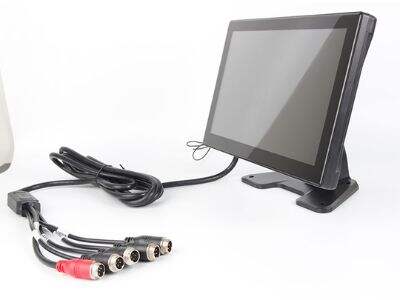Water level sensors are important devices that indicate how much water is present in tank or reservoir. But sometimes the sensor has issues and reports a false water level. These troubles are not easy to deal with but you can simply fix them if you get some knowledge. Following are the most common water level sensor problems and their solutions.
Water Level Detector Problems:
The first major hurdle in using water level sensors is accuracy. Occasionally the sensor might report the water higher or lower than it is. This plays out if air bubbles get stuck on the sensor or if the sensor isn't positioned correctly. To do this, ensure the sensor is fitted properly and there is nothing that stops it from reading the water level accurately.
IF THE READINGS ARE INCONSISTENT, TIPS TO FIX IT:
If you have multiple water level sensor getting different readings, there are some troubleshooting steps you can take. First, inspect cleanup dirt or debris from the sensor. Clean it up with a little soap and water if it is filthy. First, ensure that the sensor is configured correctly to the tank it is measuring. If setup poorly, it can fail to provide accurate readings. And finally, look for loose wires or connections that could be impacting the sensor operation.
Fixing Calibration Problems:
Wired Backup System Calibration is crucial to ensure your water-level sensor delivers accurate results. If the sensor calibration is wrong, it can report levels that are too high or too low. Always follow the manufacturer's instructions to calibrate your sensor. That could mean adjusting the sensor’s settings or using a tool to confirm it’s accurately reading the water level. - If you don't know how to do this, contact KYSAIL for assistance.
Handling Signal Interference:
Water level sensors can also fail due to signal interference. This may occur if there are electrical devices or separate sensors in the vicinity that transmit signals that overwhelm or confuse the sensor. To address this, get the sensor away from anything that could create interference. Alternatively, you can shield the sensor to block external signals from interfering. Keep repeating this in case the signal keeps disrupting and call KYSAIL for additional help.
Improving Sensor Performance:
There are a few things you can do to improve the working of your water level sensor. First, verify the sensor has been properly installed and calibrated for the tank it is measuring. Check the sensor regularly for dirt or debris that might make it difficult to read. Check the sensor every now and then to make sure it's working too. With these tips, you can assist your water level sensor in providing reliable and accurate readings.
Lastly, Water level 77G Radar Sensor, are basic devices used specifically in measuring the water levels in tanks and reservoirs. But they can also have issues that undermine their accuracy. There's a lot more to getting your water level sensor running -- what are the common challenges, how to troubleshoot readings, fix calibration problems, cope with signal interference and other performance pointers. Contact KYSAIL if you are unable to correct any issues you discover.

 EN
EN
 AR
AR
 HR
HR
 CS
CS
 DA
DA
 NL
NL
 FI
FI
 FR
FR
 DE
DE
 EL
EL
 IT
IT
 JA
JA
 KO
KO
 NO
NO
 PL
PL
 PT
PT
 RO
RO
 RU
RU
 ES
ES
 SV
SV
 IW
IW
 ID
ID
 LV
LV
 LT
LT
 SR
SR
 SK
SK
 SL
SL
 UK
UK
 SQ
SQ
 ET
ET
 HU
HU
 TH
TH
 TR
TR
 FA
FA
 AF
AF
 MK
MK
 KA
KA
 UR
UR
 BN
BN
